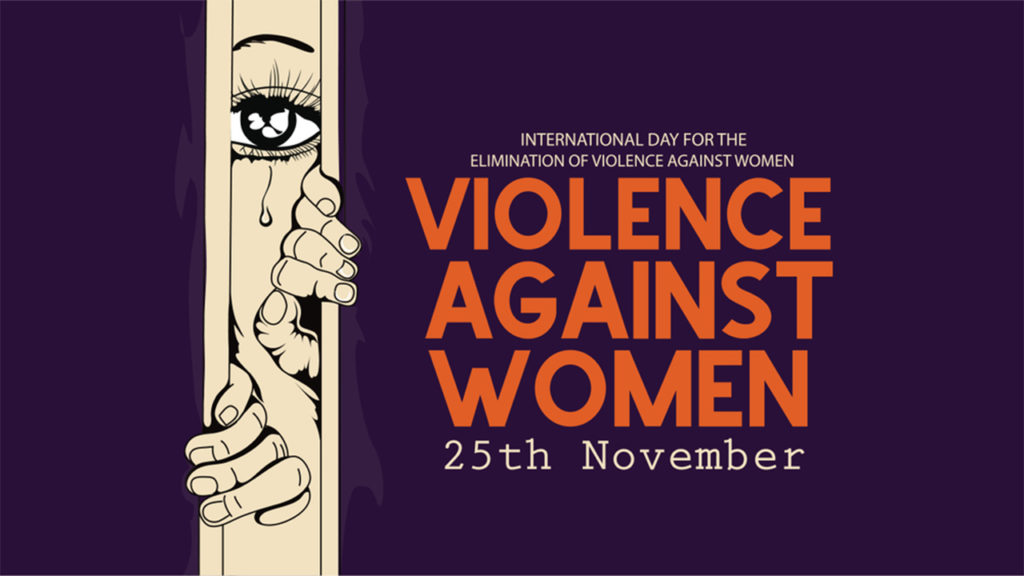November 25th is the International Day for the Elimination of Violence Against Women
Written By: Melissa Isenhart, Victim Services Coordinator, K-9 Unit
November 25th is the International Day for the Elimination of Violence Against Women. Although great strides have been made to address and prevent violence against women, the reality of violence against women is still very real and prevalent. Women and girls of all ages, backgrounds, ethnicities and socioeconomic status are affected. Sadly, one in three women is a victim of physical, verbal or emotional abuse in the United States and one in four will experience domestic violence. More startlingly, on average, more than three women are murdered by their partners in the United States every day. The International Day for the Elimination of Violence against women was created in 1981, to enhance awareness and to remove the silence and stigma surrounding acts of violence against women. The most common forms of violence against women include domestic and intimate partner violence, sexual violence, sexual harassment, emotional and psychological violence, sexual exploitation and sex trafficking. Other forms include female genital mutilation, forced and child marriage, female infanticide, economic abuse, political violence and elder abuse.
As awareness of violence against women continues to increase, there are things we can each do to help end violence against women.
Listen and believe. We just listen to anyone willing to share their story of violence. This is the first step, and often one of the hardest, when breaking the cycle of abuse.
Teach and learn. Teach your children and those in the younger generation about violence against women and also learn from what they have to say about their own experience in the world.
Advocate for services for survivors. Shelters, hotlines, counseling and other support for survivors are essential.
Advocate for legislation and policies to prevent gender-based violence and that provide inclusive support for all survivors.
Understand consent. Freely given consent and an active “yes” from all involved is mandatory – every time. There are no blurred lines when it comes to consent.
Learn the signs of abuse. If you’re concerned about a friend or someone you know, help them find safety and support. These are common signs of abuse:
- A partner in the relationship keeps track of everything the other person does or monitors them physically or with technology
- A partner in a relationship prevents or discourages the other person from seeing family or friends
- A partner in the relationship demands to know the passwords to all of the other person’s accounts and to see their text messages and social media messages
- A partner in the relationship puts down or belittles the other person
- A partner in the relationship has violent outbursts and may physically harm or threaten to harm the other person
- A partner in the relationship breaks the other person’s belongings or items in their household
- A partner in the relationship is sexually abusive, including rape or other forced sexual activity
Start a conversation. Share about the International Day for the Elimination of Violence Against Women with friends and family and post to your social media accounts.
If you or someone you know is a victim of violence, contact a local organization for support! Victim Support Services serves victims of general crime including assault, harassment and trafficking. In the counties VSS serves, there are also organizations that specifically support victims of domestic violence and sexual assault.
In Skagit and Whatcom Counties you can contact Domestic Violence and Sexual Assault Services https://www.dvsas.org/ and in Snohomish County you can contact Domestic Violence Services Snohomish County https://dvs-snoco.org/ .
Sources:
- YWCA – Gender Based Violence Facts: https://www.ywca.org/wp-content/uploads/WWV-GBV-Fact-Sheet-Final.pdf
- https://nationaldaycalendar.com/international-day-for-the-elimination-of-violence-against-women-day-november-25/
- https://www.unwomen.org/en/news/stories/2020/11/compilation-take-action-to-help-end-violence-against-women

